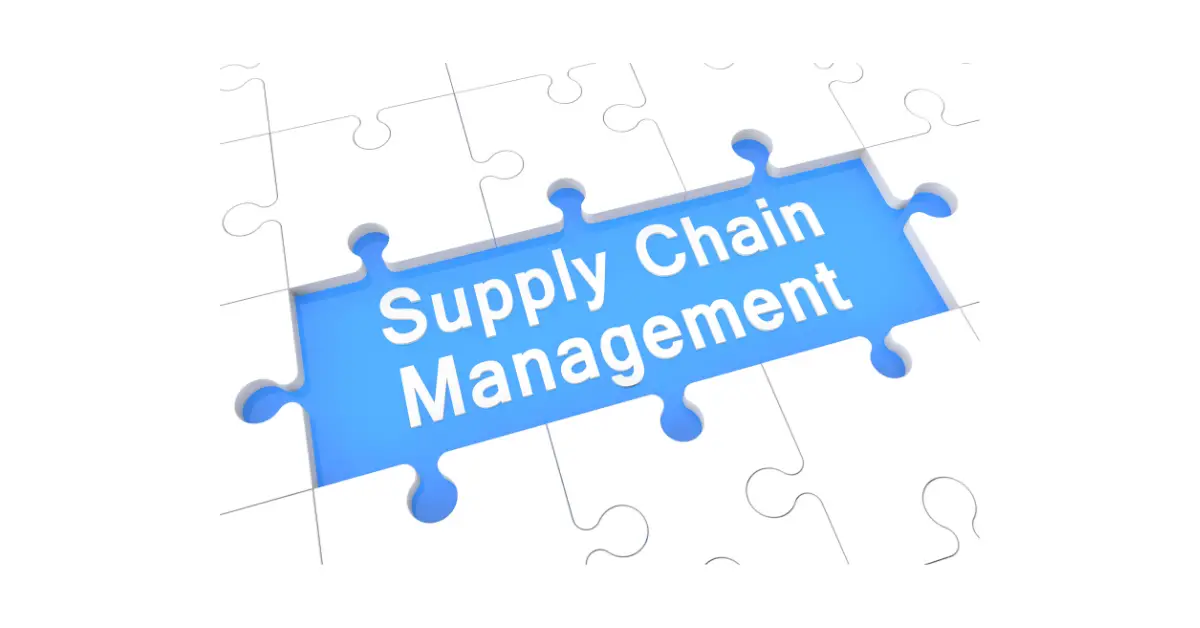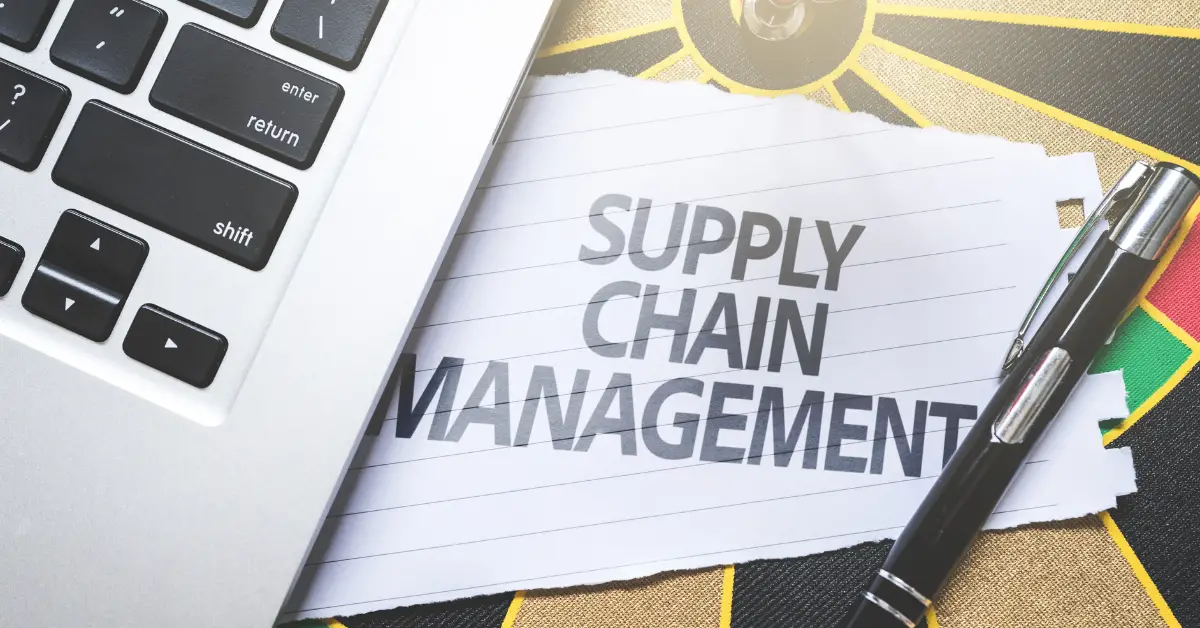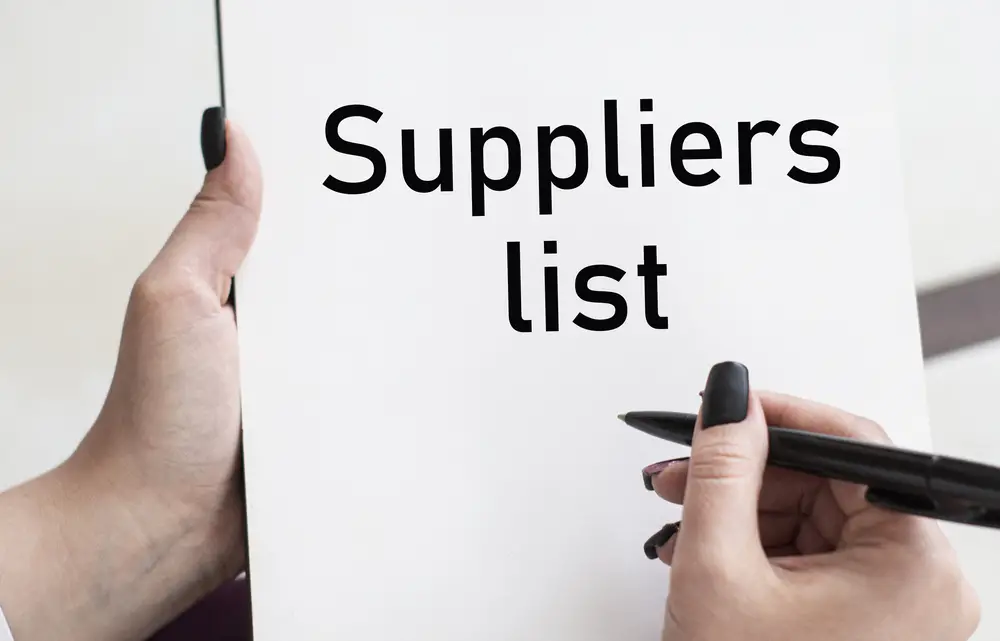Supplier performance management is an ongoing process that helps organizations identify, assess, and mitigate supply chain risk. It involves evaluating supplier performance against pre-defined criteria, such as cost, quality, and delivery timelines.
As a business grows, the number of suppliers and vendors also increases, creating an increased risk of potential disruption to the production process. Implementing an effective risk management strategy is important to ensure that your company is not adversely affected by supplier performance issues.
This blog post will explore how Supplier Performance Risk Management (SPRM) can help mitigate the risks associated with managing suppliers and vendors.
What Is Supplier Performance Risk Management?
Supplier performance risk management (SPRM) is a process used to evaluate and monitor the performance of suppliers over time. This process ensures that the goods or services these suppliers provide meet the company’s needs and helps identify any potential risks associated with doing business with them.
It involves monitoring supplier performance on an ongoing basis and taking steps to prevent or limit any disruption caused by poor supplier performance. SPRM helps businesses identify potential risks associated with their suppliers and vendors, assess the level of risk posed by each supplier or vendor, i.e, average price paid, prioritize those risks, develop strategies for mitigating them, and monitor progress over time.
Through SPRM, companies can identify potential problems before they arise and take steps to prevent them from occurring in the future. Additionally, SPRM allows companies to assess their current relationships with their suppliers and adjust them accordingly if needed.
SPRM helps businesses maintain high standards of service from their suppliers and vendors. By proactively monitoring supplier performance and addressing any issues that arise, businesses can ensure that they meet their standards and those set out by external stakeholders such as customers or regulatory bodies.
Additionally, SPRM can help reduce costs by identifying opportunities for cost savings through improved supplier relationships or better negotiation terms. Finally, SPRM can improve a business’s reputation among its customers by ensuring that it remains compliant with all applicable regulations related to supplier performance management.
Benefits of Supplier Performance Risk Management
One of the most important aspects is that it can help reduce the risk associated with suppliers and improve relationships between the organization and its suppliers. Additionally, it can provide greater visibility into supplier performance, allowing for better decision-making and proactive management.
It can also give organizations a competitive edge by helping to identify strategic sourcing opportunities and cost savings. Finally, it helps ensure compliance with regulatory requirements and industry standards.
Objectives for Supplier Risk and Performance Management
The objectives of Supplier Risk and Performance Management include reducing supplier-related risks, improving overall quality, and optimizing performance. Additionally, the framework seeks to establish clear communication between suppliers and the organization to manage risk more effectively and set up procedures for measuring the success of the supplier relationship.
Furthermore, the goal is to develop criteria for assessing a supplier’s performance to identify areas for improvement and create strategies for mitigating risks associated with that supplier. Moreover, this framework aims to build partnerships with suppliers, resulting in mutual benefit. Lastly, it seeks to foster a culture of trust between all parties involved to promote long-term business relationships.
The main goals of an organization implementing supplier risk management programs typically include identifying and mitigating potential risks, improving quality control, minimizing costs associated with supplier relationships, building strong partnerships with suppliers, and enhancing communication between them.
All parties involved in the supply chain set up criteria for assessing supplier performance, identifying improvement areas, and fostering a culture of trust and mutual benefit. Additionally, the organization often seeks to develop processes for managing supplier-related activities such as onboarding new suppliers, monitoring existing suppliers’ performance, and tracking overall performance metrics.

How to Implement SPRM
The first step in implementing Supplier Performance Risk Management is to assess your current supply chain processes. This assessment should include identifying any potential risks associated with each step in the process, assessing the level of risk posed by each element of the process, developing strategies for mitigating those risks, and setting up processes for monitoring progress over time.
Once these steps are complete, you should develop policies and procedures for addressing any issues arising from poor supplier performance. These policies should be regularly reviewed and updated as needed to keep up with changing regulations or industry trends. Additionally, it’s important that businesses provide regular training sessions for employees responsible for managing supplier relationships to understand all relevant policies and procedures related to SPRM.
Gather supplier information
Learn what is happening to our current supply base. Identify supplier data sources within organizations. Assemble all possible information about the supplier.
Identify business goals, objectives, and standards
Separate vendors into relevant groups and identify standards and procedures that each group must meet as minimally.
Benefits of Implementing SPRM
The primary benefit of implementing SPRM has increased visibility into your supply chain. With an accurate picture of your suppliers’ performance, you can better decide which suppliers you should use in the future and which ones may not be worth keeping around long-term.
Additionally, SPRM provides insight into potential risks that could affect your bottom line if left unchecked. By identifying issues early on, you can reduce the likelihood of further losses down the road due to poor performance or mismanagement by your supplier.
Finally, SPRM helps build better relationships with your suppliers by providing feedback on their performance so they can make necessary adjustments as needed. This can lead to improved customer service and, ultimately, more satisfied customers for both parties involved.
Supplier performance risk management can have a number of benefits for businesses, including improved supplier relationships; reduced cost of goods; improved cash flow; better quality control; increased customer satisfaction; reduced product defects; and increased operational efficiency.
How to Get Started With Supplier Performance Risk Management
The first step in creating an effective supplier performance risk management program is to define the criteria used to evaluate suppliers. This includes setting key performance indicators (KPIs), such as cost reduction goals or on-time delivery rates, and fair and reasonable pricing. Once these KPIs have been established, it’s important to track them over time to identify any areas of concern and take corrective action when necessary.
Establishing a system for monitoring and measuring supplier performance on an ongoing basis is also important. This should include regular audits or reviews of suppliers’ documents and records and periodic visits to their facilities.
Additionally, it’s wise to review contracts regularly to ensure they are up-to-date with current industry standards and trends.

Challenges in Supplier Performance Risk Management
Implementing a supplier performance risk management system can pose several challenges for organizations. These include a lack of visibility into supplier performance, supplier data discrepancies, difficulty in measuring and assessing performance, resistance to changing processes and procedures, and the cost associated with setting up the system.
Additionally, cultural or communication barriers between the organization and its suppliers may need to be addressed as part of the process. It is important to ensure that any changes are carefully planned and communicated if they are to be successful.
1. Determining the acceptable level of risk for each supplier.
2. Gathering accurate and timely information on supplier performance.
3. Having the resources necessary to identify, assess, and mitigate supplier risks effectively.
4. Communicating effectively with suppliers about risks and expectations for performance.
Examples of Supplier Performance risk systems
There are a variety of supplier performance risk systems that organizations can use. One option is to create custom in-house solutions such as dashboards, scorecards, and reporting tools. These can provide detailed insights into supplier performance and help identify areas for improvement or cost savings.
Other options include external cloud-based software systems that track performance metrics such as on-time delivery, product quality, and customer satisfaction. Finally, third-party audit companies can assess suppliers’ compliance with industry regulations and standards.
The Supplier Performance Risk System is a business application of DoD that retrieves data about quality in government systems. The contracting officer can utilize the risk assessment generated in the SPRS module to evaluate all quotations received for services or goods, including the solicitations using part 12 methods for acquiring the goods of the business.
This software provides three supplier risk assessments using SPRS evaluation criteria and is calculated on-site on existing government data sources.
What is the supplier performance risk system?
The supplier performance risk system is a framework for assessing suppliers’ performance and mitigating associated risks. It includes processes for monitoring supplier performance and ensuring that established criteria are met or exceeded, as well as procedures for evaluating new suppliers and identifying areas for improvement in existing relationships.
This system also outlines strategies for building trust between the organization and its suppliers, setting up criteria for measuring supplier performance, and creating action plans to reduce any associated risks.
The Supplier Performance Risk System is an enterprise application developed by the Department of Defense. It combines quality information collected in governmental systems to analyze “on-time” deliveries and quality categories depending on the quality and delivery data.
How do you manage supplier performance?
Managing supplier performance involves monitoring existing suppliers, assessing new suppliers and onboarding them, setting up criteria for measuring supplier performance, evaluating current performance against goals and standards, and creating an action plan to improve relationships.
Additionally, it may involve developing communication strategies between the organization and its suppliers to foster trust and ensure mutual benefit.
Supplier performance monitoring is managed through several key performance indicators. The KPIs are agreed upon and incorporated into buyer and seller contracts. The majority of management tools utilize reports to monitor supplier performance.

Conclusion
At the end of the day, effectively managing supplier risk is essential for any business looking to reduce costs and maximize efficiencies throughout its supply chain network. By establishing clear KPIs and tracking them regularly, businesses can be better equipped to identify problems before they arise.
Ensuring smooth operations while protecting their bottom line from unnecessary losses due to supply chain disruptions or other issues stemming from poor supplier performance. Investing in a robust supplier performance risk management program will help your organization stay ahead of the competition by mitigating risks associated with your suppliers—allowing you to focus on what matters most—your customers.

Chris Ekai is a Risk Management expert with over 10 years of experience in the field. He has a Master’s(MSc) degree in Risk Management from University of Portsmouth and is a CPA and Finance professional. He currently works as a Content Manager at Risk Publishing, writing about Enterprise Risk Management, Business Continuity Management and Project Management.

